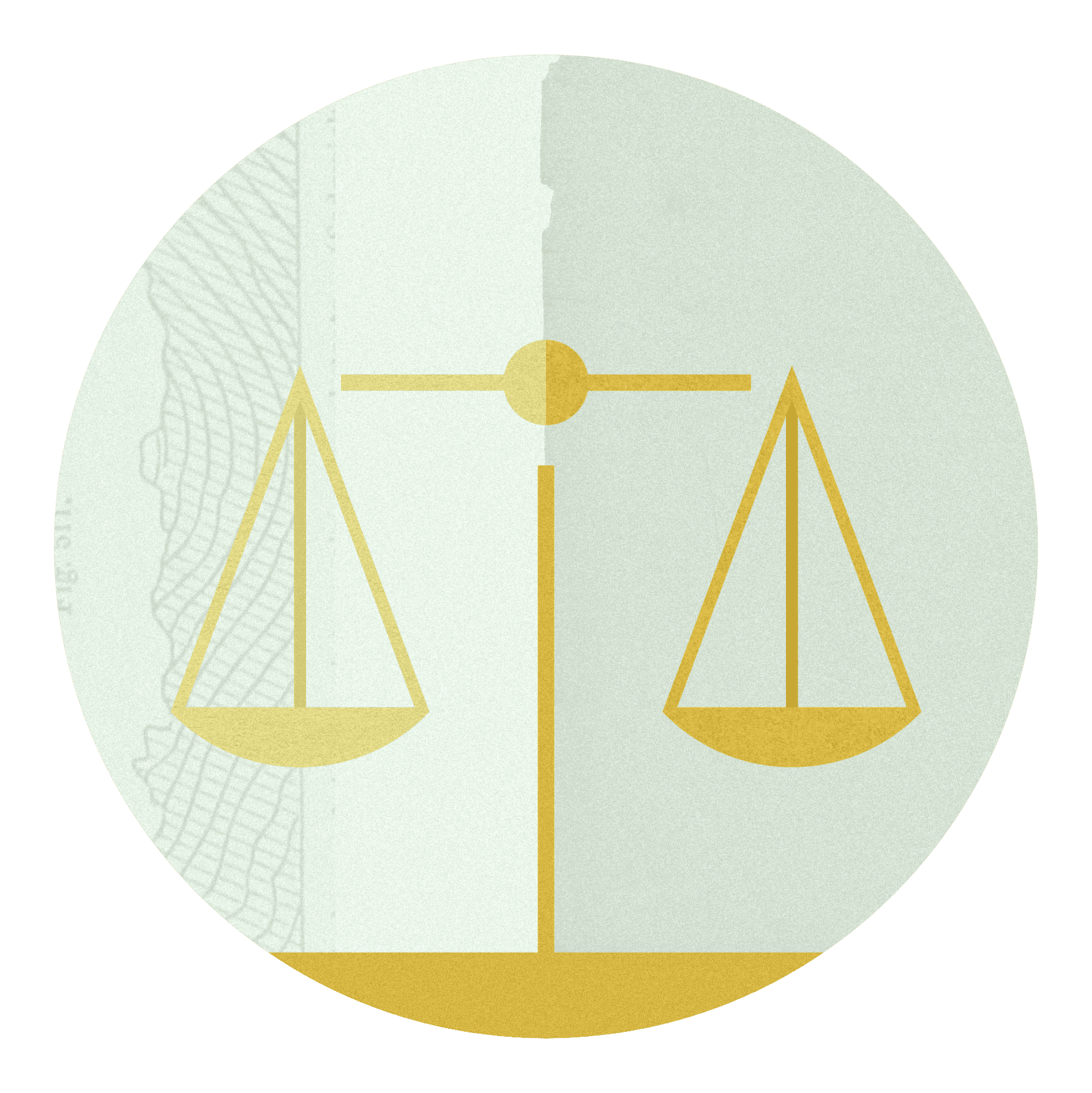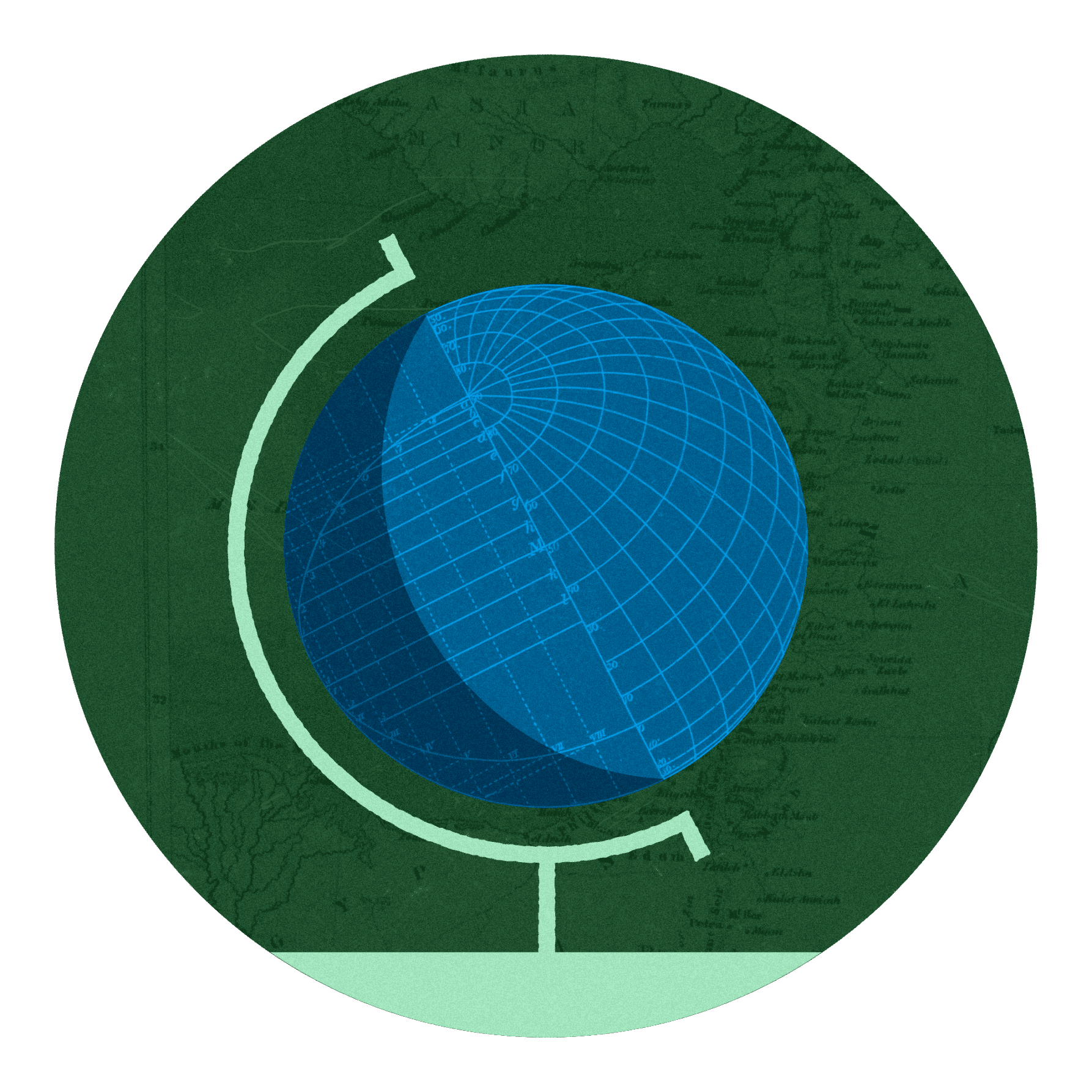In summer of 2020, Purdue University’s departments of engineering and science launched a pilot project with more than 3,000 first-year science and engineering students. The goal was to develop new techniques and technologies to transform STEM education in spite of the constraints posed by the COVID-19 pandemic. With support from the Charles Koch Foundation, the project converted 45 first-year courses in the College of Science and 10 first-year courses in the College of Engineering to a virtual format. In this Q&A, Dr. Alina Alexeenko of the Department of Engineering and Dr. Peristera Paschou of the Department of Biological Sciences share how the experiment went and what it means for the future.
Q: What does the future of STEM education look like at the undergraduate level?
Alexeenko: We are seeing a major paradigm shift for undergraduate education. First, we must make sure it is affordable. Second, we must realize that a STEM education is no longer a terminal degree in many ways. It’s really about a lifetime of learning skills, and an undergraduate education is the foundation for a very long educational journey. We also need to recognize that gaining skills can be done in multiple pathways that don’t have to occur at the same time and place. And the second part of that is the need to graduate with real-life experience — not just with a list of courses, but with a portfolio of creative thinking with real tools, with real people.
Paschou: I think the future of undergraduate STEM education is a blended approach. We’re moving away from a model based on a lecture. Students already have access to vast amounts of information and they are learning in different ways. In the future, a lot of learning that could happen in a traditional lecture will happen outside the lecture halls. And then students will engage with the faculty in different ways in order to learn to solve problems and develop a critical view of scientific learning.
Q: Purdue took a modified approach to STEM education during the pandemic. That included virtual labs, enhanced student-to-student networks, and new data science techniques. What was the experience like?
Alexeenko: The COVID-19 pandemic created conditions where we were forced to innovate. It made us collectively a lot more open minded. There are two major pieces to what we’ve done. The first is taking the 55 courses for first-year engineering and sciences students and making them better for online delivery, bringing together instructional excellence, instructional design, and educational technology. The second part is creating virtual labs within the College of Science. That part of the curriculum requires interaction with a laboratory set up specifically for chemistry and many other introductory courses. Without the grant from CKF, we would not have been able to create those laboratories at scale; it would have been an afterthought.
Paschou: A great innovation was switching many of the labs to virtual. We’re talking about courses like chemistry, biology, physics. It was amazing to see the faculty find solutions and provide alternatives to the usual laboratory experience. We started talking about how to create a unified learning experience for our students across many different departments and many different disciplines, and we created guidelines that can help guide our faculty with course development in the years to come. Part of that project also had to do with helping students identify their own potential and find their path to success.
Q: What are some practical ways the new approach helped students?
Paschou: This blended environment offers a lot of flexibility to the students. I expect that in the future, options for online learning will become more available to our students, allowing much more flexibility. Different students learn different ways, and some will thrive in an environment where they can learn at their own pace. The online experience provides this benefit.
Q: What innovations were made possible by this new approach?
Alexeenko: One paradigm shift we will see is the change from completing one capstone project at the end of an academic degree to a number of portfolio projects that are started a little bit earlier. That gives students an opportunity to gain a much higher skillset level.
Q: How does STEM education need to change in the U.S.?
Paschou: We need to move towards cross-disciplinary training in science education. There is a great deal of work that we need to do in this direction. But the most important change that needs to come has to do with moving towards a more inclusive education. We need to make sure that STEM is accessible to all people from all walks of life from all different backgrounds. To be successful here, we need to start our efforts at a very early age. We need to do a better job connecting with our high schools, for instance, to help students develop a science identity at a very early age and combat misconceptions and misinformation about science.
Q: What are some of the roadblocks?
Alexeenko: The high cost and lack of access are major roadblocks. They reveal the gap that could be bridged by better linking to high-school education. In states like Indiana, we are lucky to have the largest single institutional community college in the country, Ivy Tech. The feasible pathway to college is through community college. We have to work with community colleges so that more students can make their way into a four-year bachelor’s degree and finish their engineering degree.
The Charles Koch Foundation partners with social entrepreneurs to drive societal progress through academic research and innovations that help all learners realize their potential. Read more about the Foundation’s support for education.











